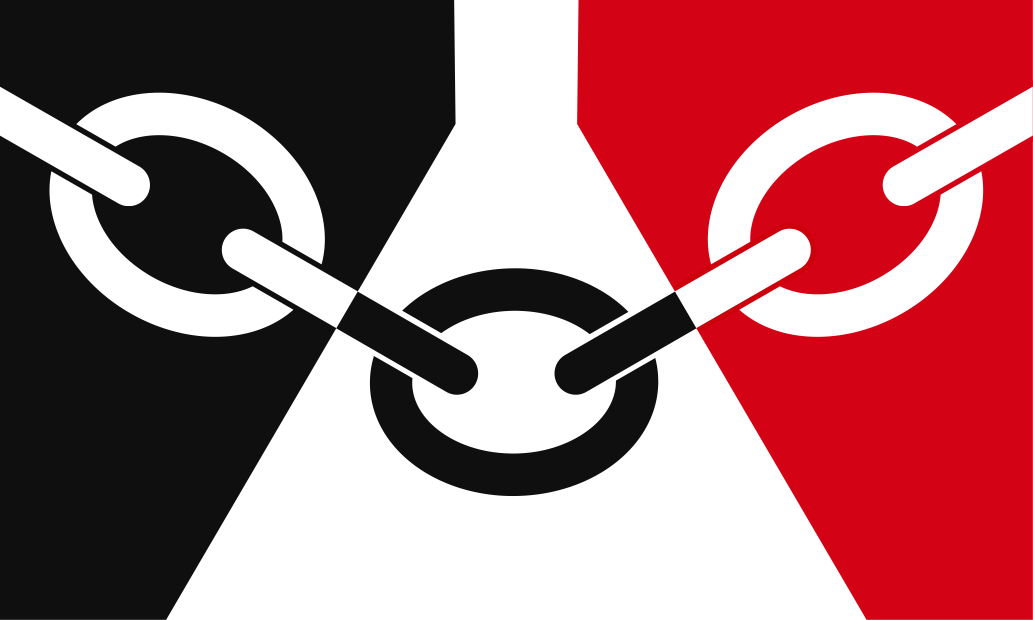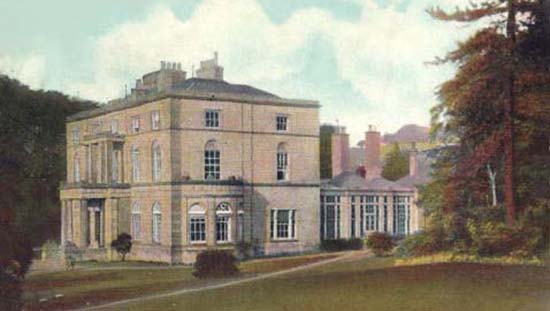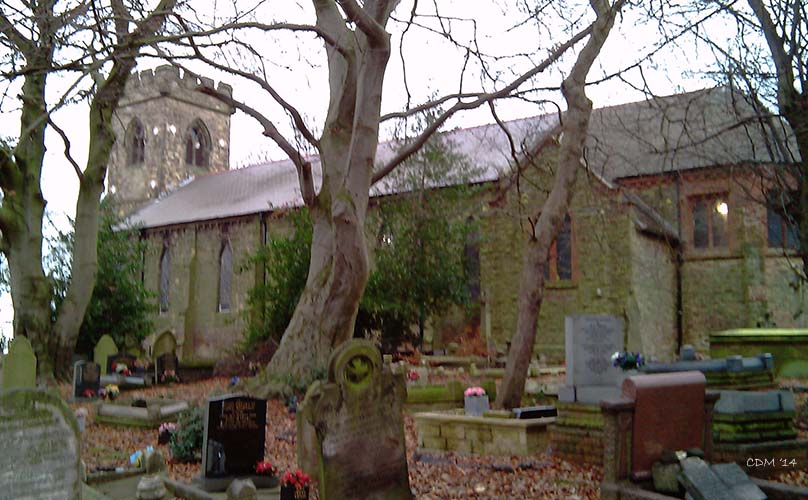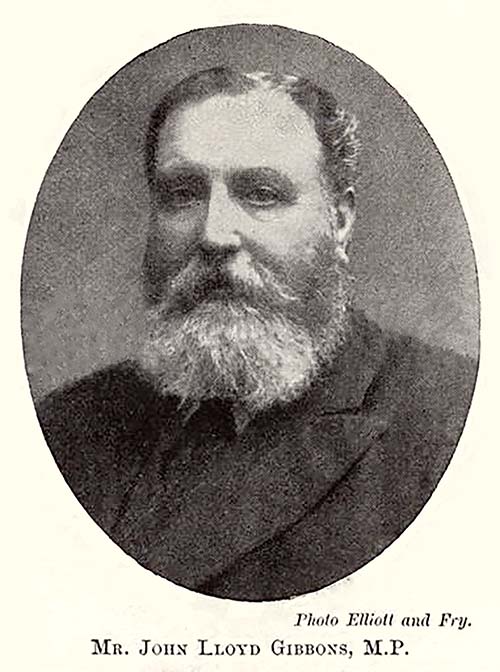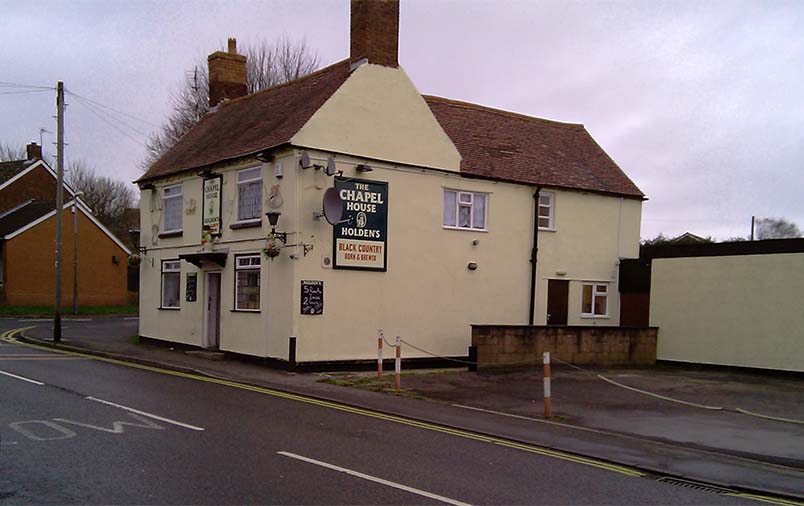
|

|
|
|
Landmarks ~
Churches ~
Pubs ~
Shops ~
Amenities ~
Dwellings ~
Events ~
Schools ~
Sports
Industrial ~ Transport ~ Folklore ~ Families
~ Gallery - Amenities ~
Municipal facilities were provided by Sedgley UDC.
Refuse and Tips.
Sedgley Urban District Council made good use of the areas depleted quarries and collieries for disposal of public waste in the 20th Century.
A tip at Lower Gornal, off Humphrey Street, was commissioned around 1934,
but was unavailable for a period due to ongoing mining operations there.
Another site, the disused quarries south of Hermit Street started being used
for refuse in 1937, municipal waste for both Upper and Lower Gornal
being disposed of there.
Some old quarries off Holloway Street were also being used for waste disposal, these had
nearly been filled by 1953.
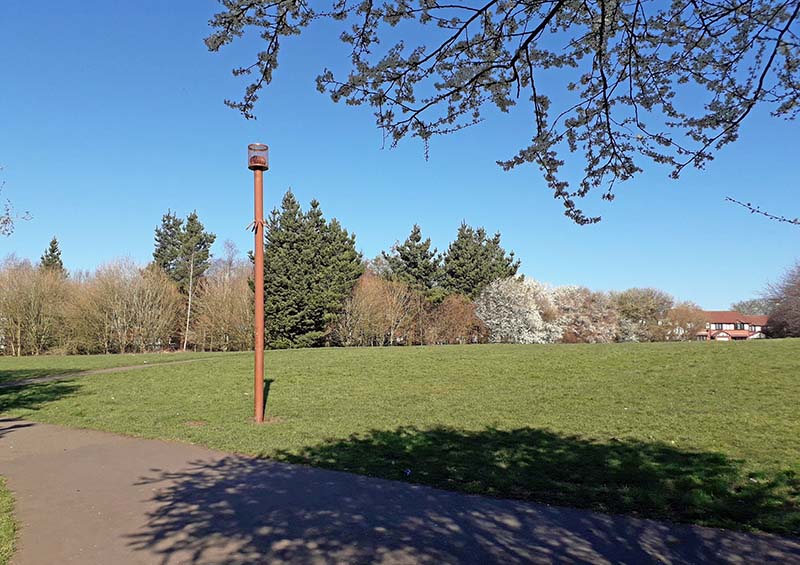 Humphrey Street municipal tip, now a park, note the gas vent pipe in the foreground.
Humphrey Street municipal tip, now a park, note the gas vent pipe in the foreground.
Photo CDM 2019
By 1961, the Humphrey Street tip was nearing completion, and Sedgley UDC had already
purchased another suitable piece of land near the 'The Alley' in Gornal Wood,
an old coal mining area.
During 1962 and 1963, the Humphrey Street tip was still being used for Sedgley district's waste.
In 1964, the Humphrey Street tip was completely filled, this tip had been in
operation for 30 years and by then had been filled up to road level.
This former tip, now reclaimed, provides a small park and public open space.
During 1964, the new tip in The Alley was commissioned, an area at the foot of
Turners Hill dotted with old mines, clay pits and quarries.
By 1965, the Alley site was the principal tip for the area. The waste site was restored and returned to nature by the end of the 1970s. ~
The Sewers and Treatment Works.
Lower Gornal and Gornal Wood lagged behind Sedgley and Upper Gornal,
and up until 1923 were without any form of public sewer system.
The problems in laying the system was mainly due to landowners not being co-operative.
However, by 1924, a suitable site was found at Gornal Wood for sewage disposal,
on the South side of the Himley Road with access at Askew Bridge.
At first Sedgley U.D.C. encountered poor co-operation from landowners due to the possible mineral deposits there, work was delayed while the Council pursued compulsory purchase of the land.
By 1927 the site had been secured and the work commenced, connecting dwellings to the new disposal system.
It appears that the treatment works was operational by 1930 and has been expanded and updated over the years, it occupies a large site but well hidden from view. ~
|
